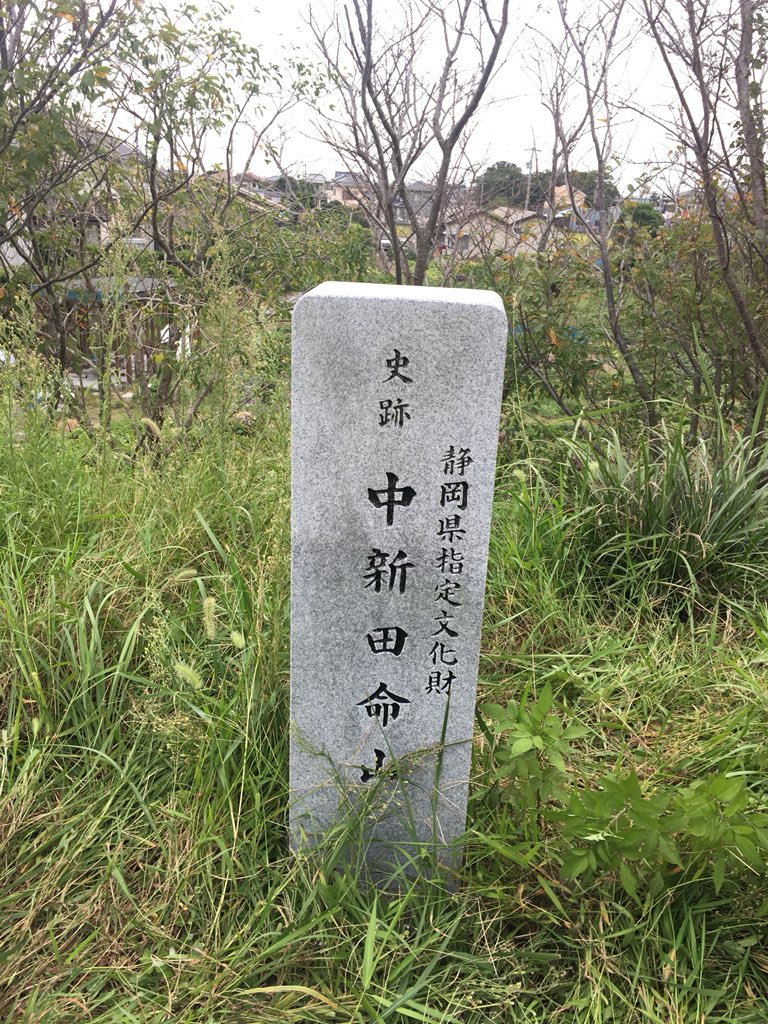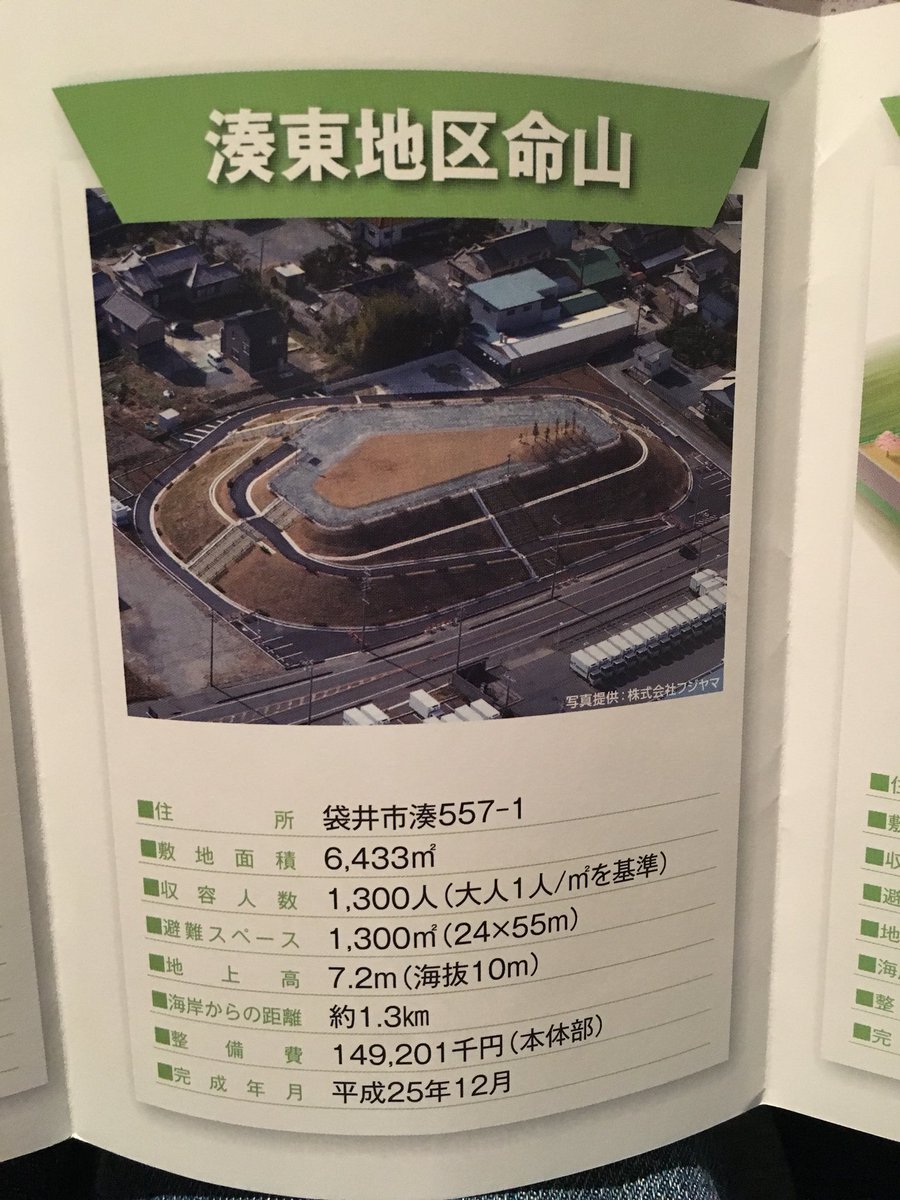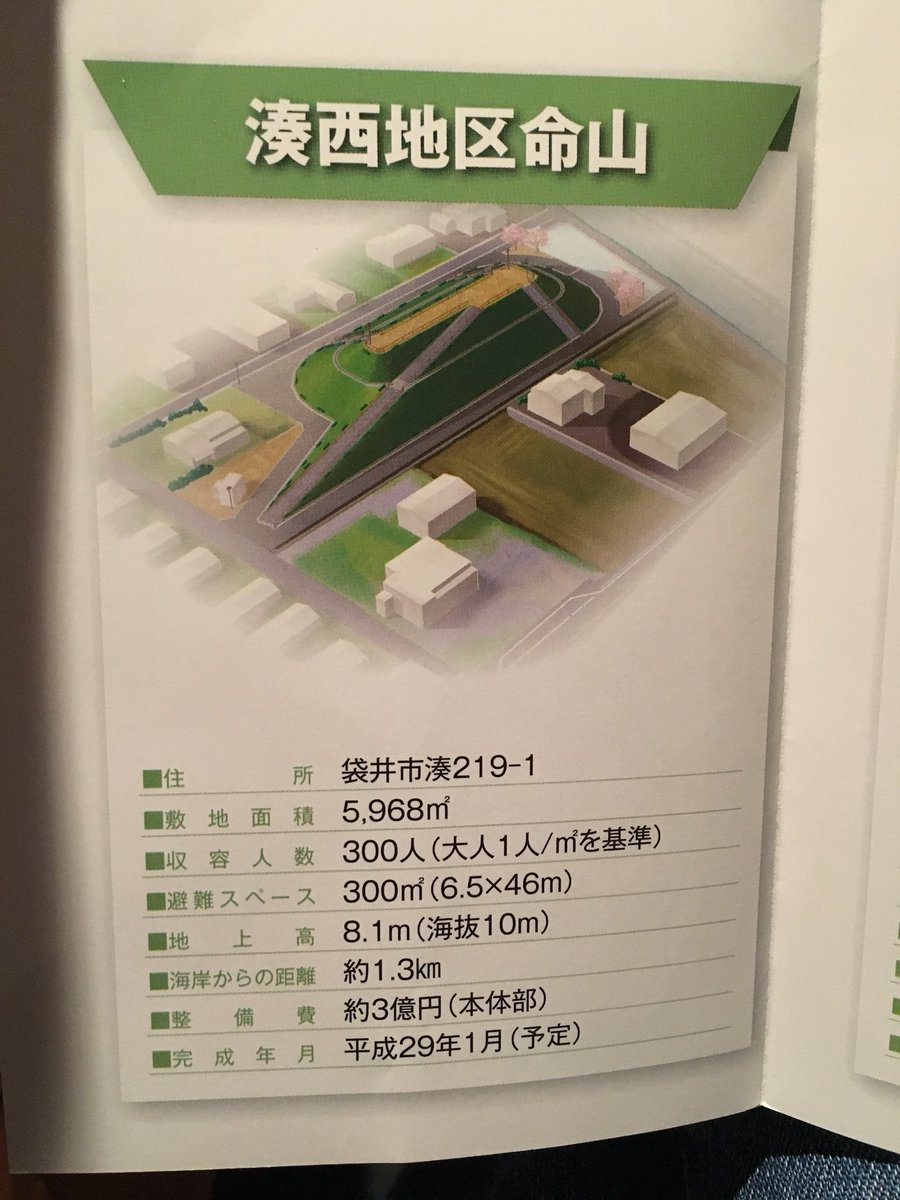
GeoHazardsNCP2018: UTokyo-ANU International Excursion on Earth and Planetary Environment -Day11-
Fisheries Lab. at Lake Hamana!
 Luke
@luke_hillsley
Luke
@luke_hillsley
Today we visited the 東大 fishery labs & looked at hybrids of Yellowfin Goby species from the Sea of Japan & the Pacific Ocean. In Japan, these studies are important to understand how the species might evolve in the future! #GeohazardsNCP18 @anuearthscience @ANU_CPAS @scienceANU pic.twitter.com/14D68f9RcD
2018-09-13 11:51:18 拡大
拡大
 拡大
拡大
 Deanna Catto
@deecat95
Deanna Catto
@deecat95
Did you know the Yellowfin Goby is considered a pest species in AU, but is a part of Japanese cuisine? The 東大 fishery labs are trying to uncover the historical migration patterns so that marine biodiversity can be protected in the future from invasive specie🐟#GeoHazardsNCP18 pic.twitter.com/tRNnw0WFxa
2018-09-13 13:17:32 拡大
拡大
 Hannah Griffiths
@ncpjapan_hannah
Hannah Griffiths
@ncpjapan_hannah
Today we headed to the University of Tokyo Fisheries Laboratory where we learnt about the Yellowfin Goby & toured the labs. The Yellowfin Goby is not native to Japan but is culturally important as it is used both recreationally & commercially! #GeoHazardsNCP18 @anuearthscience pic.twitter.com/EyvSyABrCE
2018-09-13 18:46:29 拡大
拡大
 NiJOSHongo
@NiJOSHongo
NiJOSHongo
@NiJOSHongo
Fisheries Lab of UTokyo!Learnt how they use #genetics to determine puffer fish sexes & we got to go on a 20m high tsunami tower! #GeohazardsNCP18 @scienceANU @anuearthscience @ANU_CPAS pic.twitter.com/0coYyRih3y
2018-09-13 11:22:19 拡大
拡大
 拡大
拡大
 拡大
拡大
 Connor
@ConnorSkeels
Connor
@ConnorSkeels
A tsunami evacuation point located on the rooftop of the uTokyo fisheries labratory. It adds several more metres of protection and shows how vigilant the people of Japan are to the risks of geohazards #GeoHazardsNCP18 pic.twitter.com/cNUVngyWDv
2018-09-13 23:16:19 拡大
拡大
 NiJOSHongo
@NiJOSHongo
NiJOSHongo
@NiJOSHongo
The very detailed #tsunami evacuation plan! Although I don’t understand Japanese, I feel the graphics are understandable. Should be able to deduce enough to survive if one shoild strike! #GeohazardsNCP18 #sciencecommunication @scienceANU @anuearthscience @ANU_CPAS pic.twitter.com/YLzD9vOLLv
2018-09-13 12:53:34 拡大
拡大
Otagawa lowland
 Hana Ogilvie
@HanaOgilvie
Hana Ogilvie
@HanaOgilvie
Otagawa lowlands tells the story of the impact of the 1498 Meiō tsunami with striated tsunami deposit (orange sand) and stagnant water (blue clay). Filling gaps in missing geological history. Knowing the effect of past tsunami’s we can prepare for future events🌊 #geohazardsncp18 pic.twitter.com/JcUUZFadP0
2018-09-13 17:54:14 拡大
拡大
 拡大
拡大
 拡大
拡大
 NiJOSHongo
@NiJOSHongo
NiJOSHongo
@NiJOSHongo
Waded through a sea of grass & nearly slipped on mud to find a 1km long outcrop from a tsunami after the 1498 Nankai Earthquake(明応地震).Featuring alternating sand & clay layers from the forward & back flows of the tsunami #GeohazardsNCP18 @scienceANU @anuearthscience @ANU_CPAS pic.twitter.com/fJQkvbdzba
2018-09-13 15:52:14 拡大
拡大
 拡大
拡大
 拡大
拡大
 おおとぅー(Kosuke)
@metausuke
おおとぅー(Kosuke)
@metausuke
二級河川の太田川 川沿いには4層の津波堆積物が確認されている 写真の露頭は放射性炭素年代測定や古文書記録から明応津波の証拠と考えられており、海から2km離れた位置に堆積している #GeohazardsNCP18 pic.twitter.com/qFVfnMuW8P
2018-09-13 14:55:02 拡大
拡大
Inochi-yama (Life saving mound)
 NiJOSHongo
@NiJOSHongo
NiJOSHongo
@NiJOSHongo
It might not be Mt Fuji,but it certainly did save lives during floods & tsunamis!This 5m high sand & clay mound was built in 1680 & was even used during floods in the 1970s! Also note the public warning sirens in photo 2! #GeohazardsNCP18 @scienceANU @anuearthscience @ANU_CPAS pic.twitter.com/N4ucbCVKez
2018-09-13 19:18:17 拡大
拡大
 拡大
拡大
 拡大
拡大
 Connor
@ConnorSkeels
Connor
@ConnorSkeels
The "life saving mound" made of mud and sand was constructed in the 1680s (edo period) to provide safety during flooding and tsunamis, and last used in the 1970s. New mounds have been constructed using concrete & can hold up to 400 people #GeoHazardsNCP18 pic.twitter.com/XM0ZD5gNNl
2018-09-13 22:57:48 拡大
拡大
 Laura Ting
@laura_ting
Laura Ting
@laura_ting
Today we got to see the Minato inochi-yama aka the “lifesaving mound”. This island of raised soil was built in 1680 as an evacuation point in the event of a tsunami. Since then, higher and larger mounds have been built, providing safety for people nearby #GeohazardsNCP18 pic.twitter.com/cVgTw8th66
2018-09-13 23:43:09 拡大
拡大
 Kate T
@KateTNCP
Kate T
@KateTNCP
Trust is a central part of effective communication strategy. Elevated evacuation mounds in #Japan have been built far higher than a tsunami could reach, so that people trust they will be safe atop them #GeoHazardsNCP18 @ANU_CPAS @scienceANU pic.twitter.com/dD28tcXk7p
2018-09-14 00:11:06 拡大
拡大
 NiJOSHongo
@NiJOSHongo
NiJOSHongo
@NiJOSHongo
Taking a leaf from the past!There are now sand-concrete mounds that can hold up to 400 people during a tsunami! They also doubly serve as parks & ball ⚽️🏀⚾️courts during times of no disaster #GeohazardsNCP18 #disasterengineering @scienceANU @anuearthscience @ANU_CPAS pic.twitter.com/tbKYDUpcox
2018-09-14 01:16:14 拡大
拡大
 拡大
拡大
 拡大
拡大
 拡大
拡大